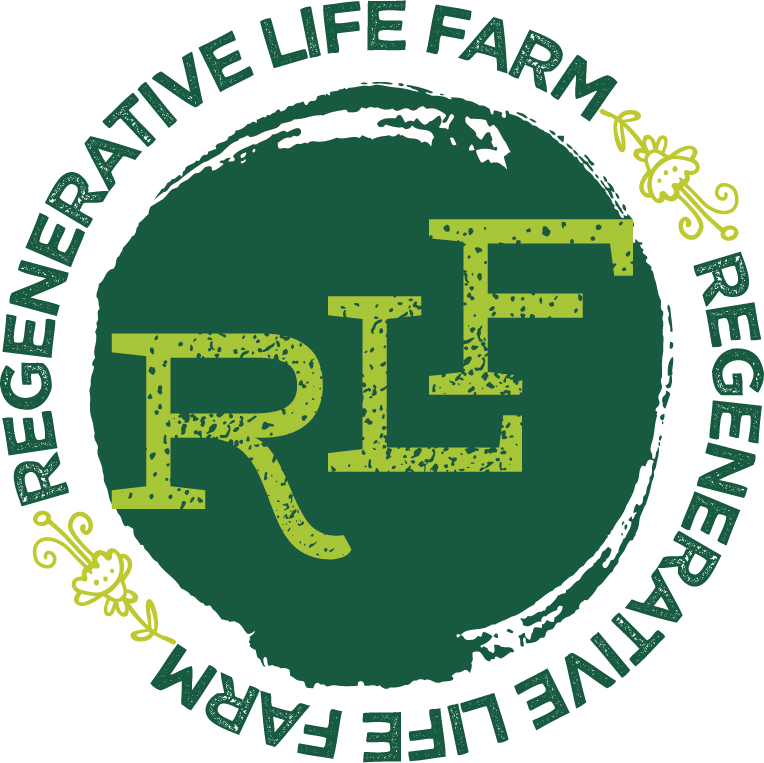Stardust
This appeared in the June 24, 2021 edition of The Fish Wrap.
The nutrient cycle is the process of turning inorganic compounds into the organic compounds that nourish all of life. Plants combine sunlight, water, carbon dioxide and the minerals in soil to make food. Our food is carbohydrates, proteins and fats that are used for energy, growth and repair, and storage. The nutrient cycle is nature’s recycling system, and unlike technological recycling, 100% of the byproducts can be integrated back into the system indefinitely. In nature, no outside energy source is needed and no waste is produced.
The quality of nutrients being cycled makes a difference. A system that requires external energy and produces waste is degenerative, meaning that over time the system is getting weaker. If a person consistently eats a diet of low quality sugar and carbs, their body will not have the healthy fat and protein that are needed for repair. Over time, the organs degenerate and the person becomes weak and unproductive. On the other hand, a human who eats high quality carbs, fat and protein is regenerative, with a strong immune system and energy left over to support and grow their families and communities.
Conventional farming is a degenerative system, with more and more inputs needed to prop up the weakening soil. Civilizations like the Maya collapsed after depleting their soils of nutrients. We developed industrial fertilizers which supported modern population growth, but there are consequences like the growing reliance on external nutrient sources and aquatic dead zones produced from the runoff.
We are literally made of stardust. 97% of the human body is made up of the same elements as stars. Inorganic material created in the big bang cycled through stars and galaxies until it made each of us and the amazing earth system we live in. How will you feed your handful of stardust?
